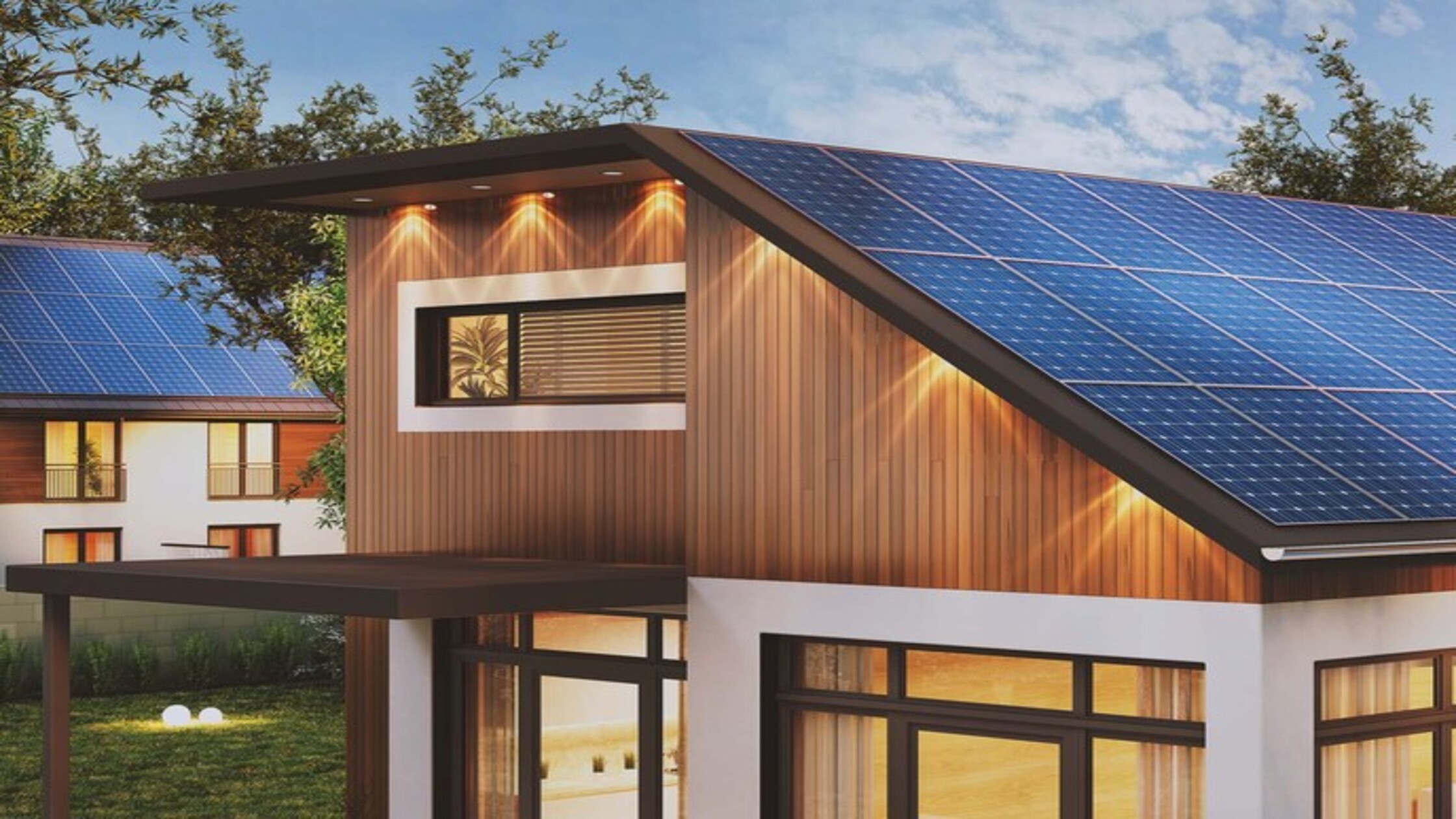Introduction
Before investing in a solar energy system, it's crucial to assess your roof's suitability. Factors such as orientation, pitch, condition, and potential obstructions play a significant role in determining the efficiency and cost-effectiveness of solar panel installation.
Key Factors to Consider
- Roof Orientation:
- South-facing roofs: Generally considered optimal, as they receive maximum sunlight throughout the year.
- East- and West-facing roofs: Can still be viable, but may experience slight reductions in energy production.
- North-facing roofs: Not ideal for solar panel installation due to limited sunlight exposure.
- Roof Pitch:
- Steeper pitches: Often provide better performance as they can shed snow and rain more efficiently.
- Shallower pitches: May still be suitable, but may require additional considerations for optimal solar panel placement.
- Roof Condition:
- Age and materials: Older roofs or those made of materials like slate or tile may require inspections and potential repairs before installation.
- Shading and obstructions: Trees, chimneys, or other structures that cast shadows on the roof can reduce solar panel efficiency.
- Local Regulations and Permits:
- Zoning restrictions: Some areas may have specific regulations regarding solar panel installation.
- Permits: You may need to obtain permits from local authorities before proceeding.
Assessing Roof Suitability for Solar Panels
FAQs
Q1: Can I install solar panels on a flat roof?
While possible, flat roofs may require additional structural support and considerations for optimal performance.
Q2: How do I determine my roof's orientation?
Use a compass or consult a solar installer to determine your roof's orientation.
Q3: Can I install solar panels myself?
While DIY installation is possible, it's generally recommended to hire a qualified solar installer to ensure proper installation and compliance with local regulations.
Q4: What is the typical lifespan of solar panels?
Solar panels typically have a lifespan of 25-30 years.
Q5: Are there any government incentives or rebates available for solar panel installation?
Many governments offer incentives and rebates to encourage the adoption of solar energy.
Conclusion
By carefully evaluating your roof's suitability for solar panel installation, you can make an informed decision about whether solar energy is a viable option for your home or business. Considering factors such as orientation, pitch, condition, and potential obstructions will help you maximize the benefits of solar power and minimize any potential challenges.



















